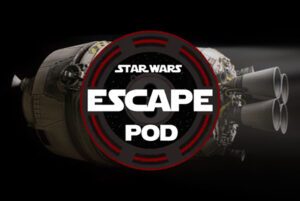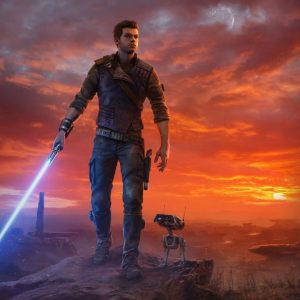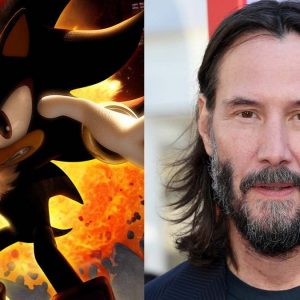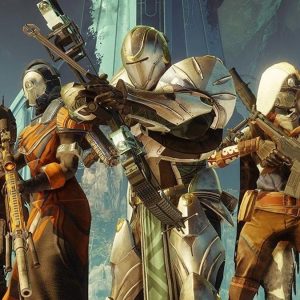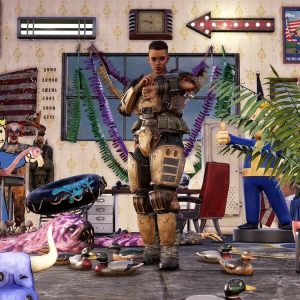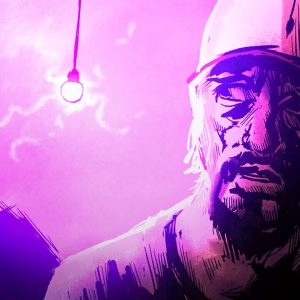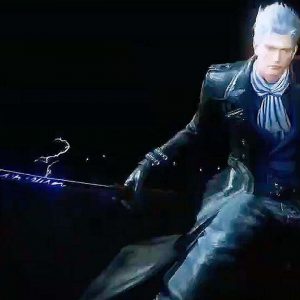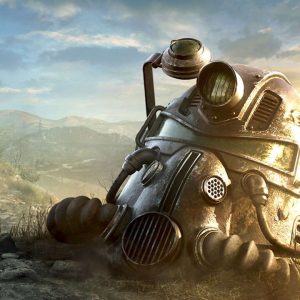On December 17, we will reveal which of the 10 nominees gets to take home the coveted title of GameSpot’s Best Game of 2019. So be sure to come back then for the big announcement, and in the meantime, follow along with all of our other end-of-the-year coverage collected in our Best Games of 2019 hub.
Death Stranding is the anti-open-world game of the 2010s. Instead of hinging on combat encounters and large-scale thrills in an expansive world, Hideo Kojima’s experimental game focuses more on the struggles of a lone character exploring a massive landscape on his own two feet and with the weight of the world on his shoulders. It takes a step back to observe the foreboding sense of isolation when in the wild, which can give rise to a surreal sense of calm when embracing your routine amid a paranormal, post-apocalyptic setting. Death Stranding wasn’t the kind of open-world game we were expecting, but in truth, it was the one we needed this year.
It can be a contentious game to grasp, and it’s undeniably a different flavor when compared to Kojima’s previous open-world game Metal Gear Solid V and others like it. Yet, what makes Death Stranding one of the best games of 2019 is how it sticks incredibly close to its broader theme of connection. This aspect is not only felt in the emotional narrative that deals with coming to terms with grief and loss, but also in the gameplay loop of traversal and delivery missions across the United Cities of America. Easing players into this strange world is Death Stranding’s clever prologue: a mood piece set to the tune of Low Roar’s “Don’t Be So Serious,” which has you clumsily picking up stray packages in an extended sequence that culminates in a shocking conclusion
What truly makes Kojima’s new open-world game so unique is that it’s often a rumination on the concept of the open-world game, taking a subversive look at what you’d actually do if you were walking in an expansive game world. As the jaded protagonist Sam Porter Bridges, played effectively by Norman Reedus, states in the opening, “I make deliveries, that’s all.” When Sam isn’t contending with the weirdness found in the ruins of North America–which entails confronting rogue deliverymen, enduring bouts of corrosive rain known as timefall, or avoiding spectral entities known as BTs–he’s making deliveries.
With so much of the game focused on making deliveries to rebuild the UCA’s Chiral network, it mostly sticks to a passive tone. Death Stranding’s stellar worldbuilding not only details the new rules of reality following a worldwide disaster but also how humanity’s relationship to death has changed. Combat itself, while present, plays a minor role in the larger story. Even when you’re given a gun to defend yourself several hours into the game, Sam’s closest allies stress that using it should be a last resort. To kill someone would require you to dispose of their body, as not to bring the attention of supernatural forces. Above all, Death Stranding’s narrative is about the struggles of the human condition following a catastrophic change. But as a game, it’s about a character contending with hardships while exploring a changing world, yet still finding those brief moments of splendor at times when you least expect.
There is a profound connection to be made with the setting by figuring out the best trails and pathways across the landscape, which showcases some of the haunting beauty of the quiet ruined earth. There are also many bonds to be formed with the oddball cast of characters, who do their best to explain the new rules of reality, including subtle oddities like personal hygiene and lost common comforts. However, the most significant bond formed in Death Stranding is with the lead character Sam. The game has a clear affinity for Reedus–along with many of the other notable cameos, for that matter–and there are numerous instances where you observe many of his actions and gestures in minute detail.

As it turns out, this sort of pacing and focus on the little details are a necessary part of what makes Death Stranding such an evocative and immersive open-world game to play. There’s a remarkable weight and heft in Sam’s actions. The very mechanism of walking in games is something that’s almost as old as video games themselves, yet actions and scenarios that are often implied in other games must be felt and endured in Death Stranding. You have to be mindful of Sam’s movement speed and balance and the total weight of your cargo in order to successfully traverse Death Stranding’s harsh world.
There’s a constant sense that your actions, whether it’s how you organize cargo or how you choose to move around, can have serious consequences. Some of the game’s more compelling moments don’t come from extended action sequences but from the tension and stress you feel when carrying several loads of important cargo through steep or rocky pathways. Along with ensuring Sam is safe, you have to make sure your cargo stays intact, knowing that one misstep can ruin an important delivery. You have to be in sync with the locomotion. In doing so, many of those anxious feelings of stepping out into the wild will slip away, resulting in extended hikes that are incredibly meditative and relaxing.
While the journey itself can be lonely, you are always present within an active and bustling community of other players who are on the same difficult journey. The asynchronous multiplayer approach is in tune with Death Stranding’s larger theme of connection, where the feeling of gratitude and appreciation can inspire you to pay it forward with positive messages and crafting new structures, ensuring those following in your footsteps will have an easier time than you did. The larger commentary of getting “likes” can be a bit on-the-nose, but it still makes for an incredibly effective system that can bring out a smile when you know someone used a ladder you left behind ages ago.











The realization that you are not alone in your journey, which is fraught with confrontations with supernatural monsters and the occasional embarrassing stumble, is a powerful one. This feeling also comes across in the weird cast of characters, with many initially coming off as hokey and off-the-wall, but eventually come to be Sam’s closest allies in his expedition. As the story progresses, with more characters revealing past trauma from the America of old, it becomes clear that the goal isn’t to rebuild the country back to what it was, but into something better for all. This larger message of unity makes for an incredibly emotional core, which is especially felt in the final hours when all your connections come to fruition.
This sentiment also makes Death Stranding a remarkably appropriate game for 2019. With our present being rife with political turmoil and a general feeling of angst towards our future, there’s a comfort that can be found in a routine and the positivity from others who come from different backgrounds. Sam’s routine as a delivery man in a post-apocalyptic setting reveals its larger message of hope and perseverance in the face of depressing circumstances, which is a touching message that resonates deeply. As the Porter saying goes, “keep on keeping on.”
